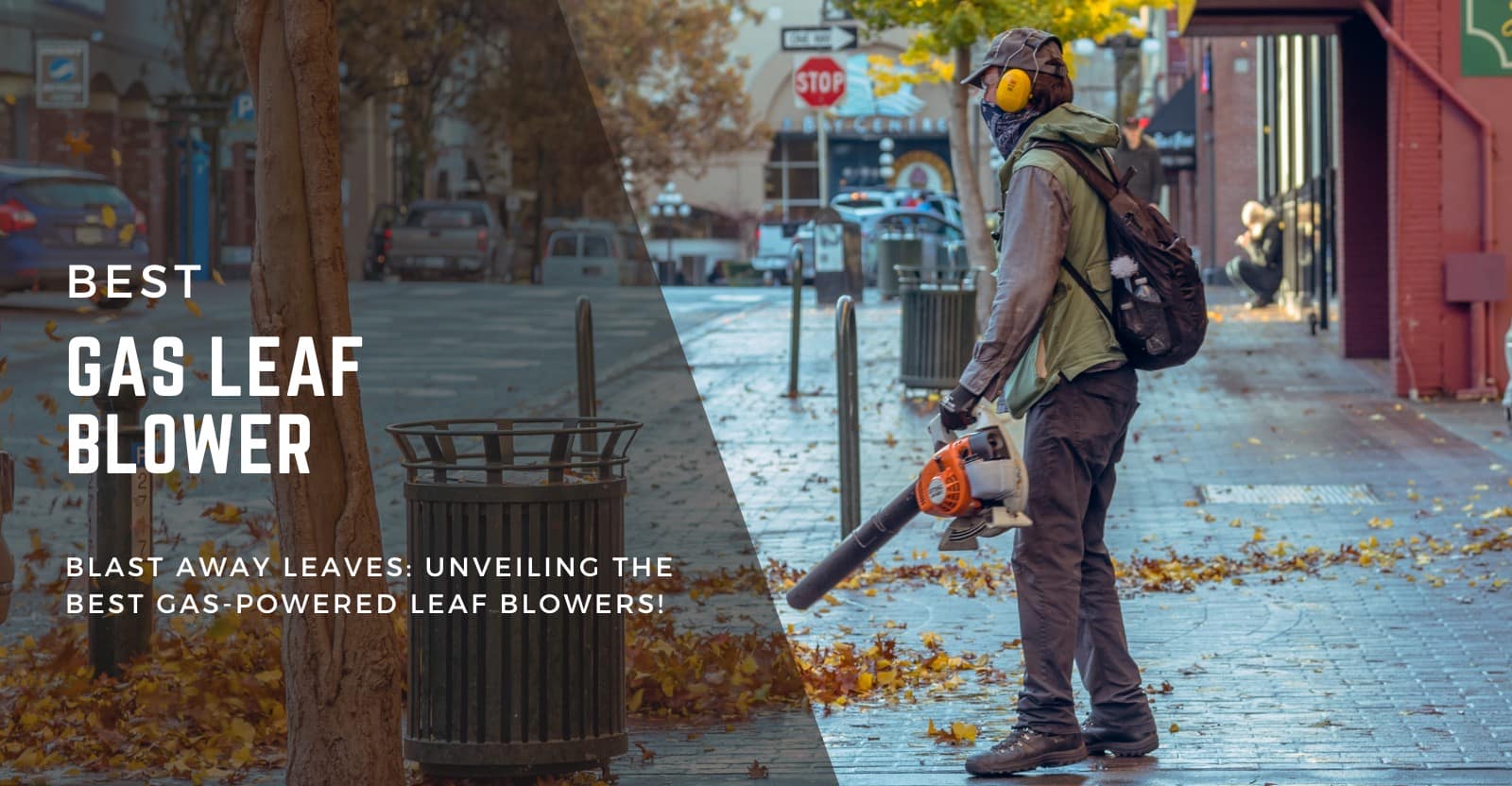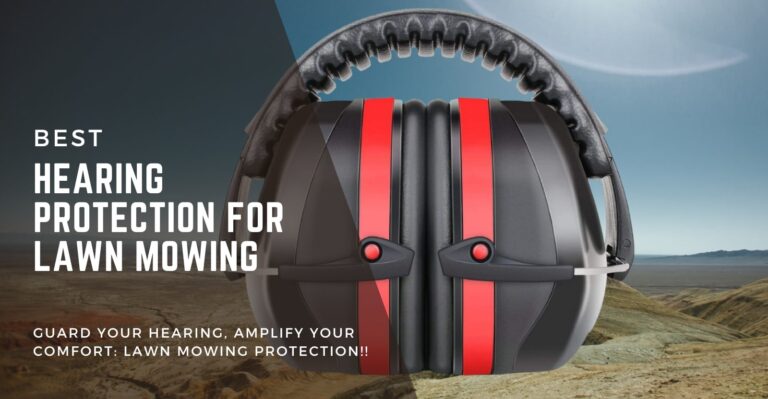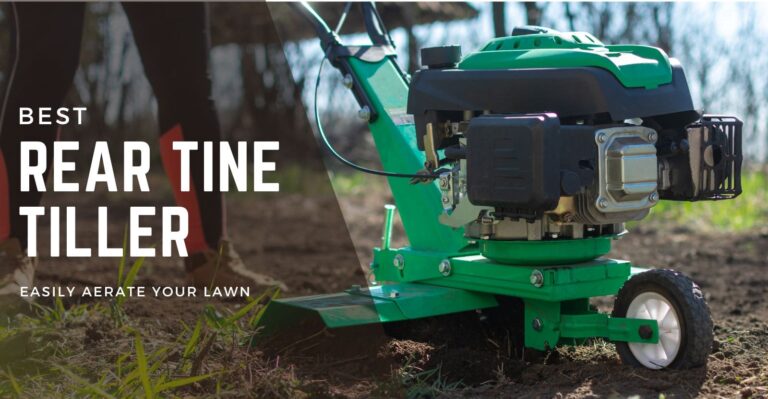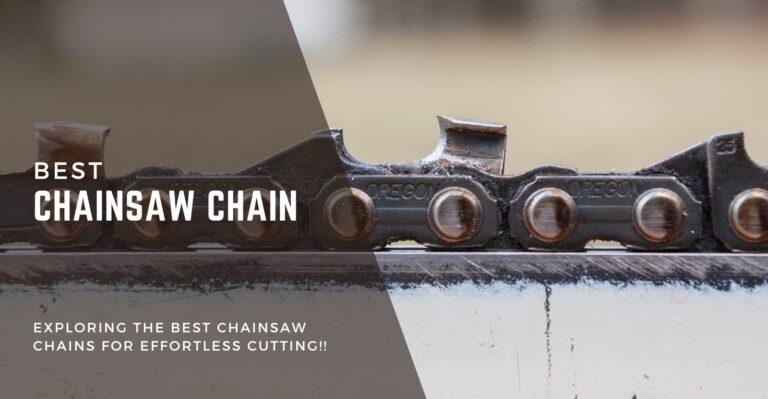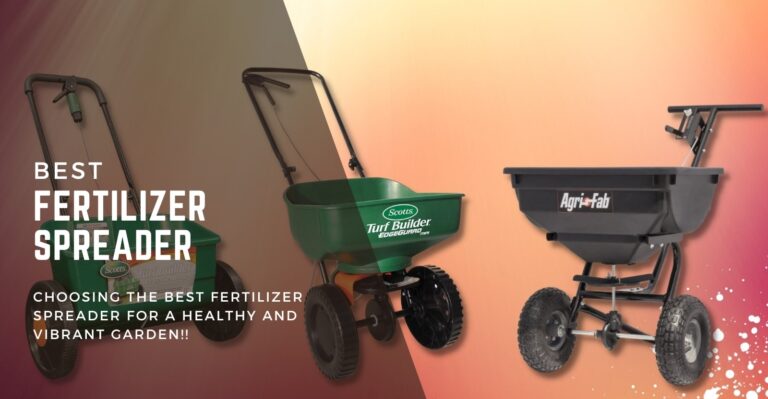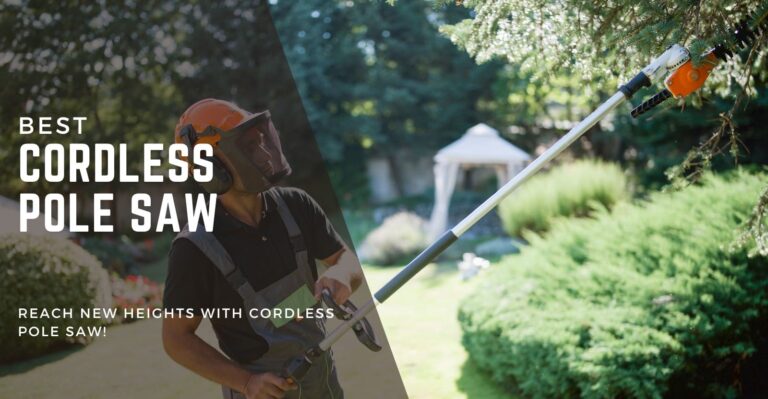Amazon has put together some great Home Gift Deals – save money and get your shopping done at the comfort of your home! Click here to see deals on Amazon
Do you have lots of mature trees in your yard that you love, but you dread autumn?
You fear the backbreaking raking of all the leaves falling on the ground, driveways, roofs, and sidewalks.
Nothing more can be more helpful now than having the best gas leaf blower on your side. It quickly moves the leaves to a more desirable area for easier removal, cutting down your raking time drastically.
But you’re not restricted from using these leaf blowers as a single-season gardening tool. These are useful tools for year-round cleaning decks, light snows, debris in the garage as well as dirty sideways and porches.
So if you’re looking to buy a gasoline-powered leaf blower, then there are a handful of things you need to consider before buying. We’ll dive into buying options below and point out a few important things to keep in mind when trying to pick the gas leaf blower.
But, if you’re in a rush, just check out our quick picks for some fast recommendations.
Quick Picks
We may earn a small commission, at no cost to you, when you buy from our link to support us. More
Poulan Backpack Gas Leaf Blower
The lightweight but powerful blower is packed with all sorts of load-reducing harnesses for optimal fit and superior comfort. Get more done in less time.
Husqvarna Gas Backpack Blower
Excellent powerful blower with X-torque engine to reduce harmful exhaust and increase fuel efficiency. An ergonomic harness system makes it easier to use a blower without getting tired.
Craftsman Handheld Gas Leaf Blower
High-performance engine with easy start technology to clean your yard. Contains lots of user-friendly features and variable speed throttle while being reasonably priced.
Top 7 Gas Leaf Blowers You Can Buy
Product
Name
Detail
Price
- 441 CFM, 170 MPH
- 510 CFM and 215 MPH
- 430 CFM and 200 MPH
- 475 CFM and 200 MPH
- 430 CFM and 200 MPH
- 670 CFM and 200 MPH
Our Top Pick
Husqvarna’s 2-cycle gas backpack blower is our top pick. Its 2-stroke engine technology produces fewer fumes, provides safer operation and stronger airflow.
The variable speed throttle control and well-built design allow you to use it for a wide range of tasks. The cushioned backpack provides added comfort and airflow while on the job.
What is a gas-powered leaf blower?
The gas-powered leaf blower helps you blow away leaves and debris from your yard. A leaf blower is a convenient tool, and it’s not limited to blowing leaves alone.
You can use it for a wide variety of tasks such as cleaning the patio, swiping the sidewalk, removing dirt from a garage, and even drying vehicles after a wash.
It has a small gas engine that sucks the air from its inlet and pushes out at a very high speed. You can then direct this high-pressure airflow to push leaves and debris and move it to the location where you can quickly dispose.
The gas leaf blower uses gasoline and engine oil as fuel to operate, but some models need regular fuel, and no premixing is required. There are various styles and designs of leaf blowers available in the market that you can choose based on your own preference.
What to consider when buying Gas Leaf Blower
Airflow Rate
The airflow rate is measured in MPH and CFM. For heavier and sticky leaves in yard, choose higher rated MPH and CFM blower.
Weight
Gas leaf blower creates more noise. Look out for semi-sealed body and noise suppressor to dampen the sound.
Quality
It’s very convenient to use a translucent fuel tank that allows you to quickly gauge the amount of fuel left and refill.
Have a question about buying a gas leaf blower? Contact us
1. Hitachi Gas-Powered Leaf Blower
Best For Easier Yard Cleaning
Hitachi is a well-known brand and is a leading manufacturer of power tools and outdoor maintenance. The blower contains a 23.9 cc commercial grade 2-stroke engine to provide durable power and longer life.
This blower is an excellent choice for both small and large yard works. The engine is cased in durable housing where it generates 1.13 horsepower. Hitachi’s PureFire low-emission technology produces low emission, safe operation, and is eco-friendly.
The high airpower moves large grounded leaves, dirt, and debris with ease. You get a powerful 441 CFM air volume and 170 MPH air velocity to handle heavier loads. It flows through the tapered nozzle providing you with both power and performance.
The larger CFM rating means you can easily switch between jobs. Such as big jobs of removing a pile of autumn leaves to small tasks of eliminating grass clippings.
This is a handheld leaf blower and is very lightweight. The comfortable handle at the top makes it easy to maneuver, and it weighs only 8.6 lb that reducing fatigue even after using it for an extended period.
The larger two-finger throttle makes it easy to use with a simple push of a switch. It comes with a 7 year of consumer warranty and 2 years for non-rental commercial warranty.
See More Information about Hitachi Gas Powered Leaf Blower
Pros
Cons
2. Echo Backpack Gas Leaf Blower
Echo Backpack Gas Leaf Blower
The Echo gasoline-powered backpack leaf blower is a powerful and fuel-efficient leaf blower that generates 510 CFM and 215 MPH airflow.
Such a high airflow can easily cut down the job time from 5 hours to 1 hour. If you live in an area where you have lots of trees, then the Echo can be your reliable partner in cleaning. It can move leaves in the least amount of time without needing additional raking.
The professional-grade 58.2 cc 2-stroke engine provides stable and outstanding performance for any task. This is evident from the steady airflow rate that can help clean a large number of leaves and garden debris.
This is a backpack leaf blower and weighs 28.6 pounds. We found that it may be a bit heavy for some people, but carrying it on the back should not be a much problem.
The padded backrest and shoulder straps make a comfortable grip without pinching on the shoulder. The vented back pad keeps your back relaxed and protects from heat and vibration generated by the blower. This helps you remain comfortable and natural to stand straight while using a blower.
The “ECHO innovation” technology maintains the proper airflow for increased comfort when using the blower in a hot-weather season. The throttle has tube mounted grip design that makes it easier to use without getting your fingers tired. The system automatically slows down or shuts off when it starts overheating.
The high power of this leaf blower results in generating more noise at 70 dBA. That’s a bit higher than other gasoline-powered leaf blowers. It’s recommended that you use a proper protective ear cover when using the blower.
See More Information about Echo Backpack Leaf Blower
Pros
Cons
3. Remington Hero 2-Cycle Gas Blower
Remington Hero 2-Cycle Gas Blower
Remington Hero 2-cycle gas blower is a very reasonably priced leaf blower that is both lightweight and powerful.
The 2-cycle gas engine generates 200 MPH and 430 CFM airpower for handling the toughest job. Generally, starting a gas engine is more complicated than an electric that usually begins with a push of a button.
But you don’t have that problem with this blower. The use of QuickStart technology and a simple 3-step starting makes the pull start of the gas engine a breeze. It needs less effort to start and does not make you tired and frustrated to get it started.
The blower has an extended reach that allows you to reach tight corners and smaller areas to remove dry leaves. It includes a leaf scraper that makes it easier to move stuck leaves. The variable throttle control gives you more flexibility in power delivery.
For extensive work, you can set it at cruise control that allows the blower to provide consistent air without you continuously triggering the airflow button. This makes the job more comfortable, and your fingers don’t get tired quickly.
The handle is comfortable and easier to grip. It’s lightweight and weighs around 12 pounds that making it easier to carry it for a longer duration without getting tired.
It comes with a 2-year limited warranty and is backed by excellent customer reviews.
See More Information about Remington Hero 2-Cycle Gas Blower
Pros
Cons
4. Husqvarna 2-Cycle Gas Backpack Blower
Best For Multipurpose Use
If you are looking to get the most out of your money, then consider Husqvarna gasoline-powered backpack leaf blower. This is a handheld blower with a sidearm strap to hang it around the shoulder.
This versatile design makes Husqvarna incorporate the lighter weight and portability of handheld types of a leaf blowers and the added power and airspeed of a backpack leaf blower.
The 2-cycle gas blower has an X-torque engine that reduces harmful exhaust emissions by 60% and improves fuel efficiency by 20%. This means you save money on fuel while being eco-friendly. The powerful motor generates a strong 631 CFM airflow.
It’s natural to have the gasoline engine produces more vibration when operating at such a high rate. To reduce the vibrations, the dampeners between the engine and chassis lessen the vibration. This makes it more comfortable to work longer hours without getting tired.
The ergonomically designed harness system includes a padded harness for comfort. The hip belt is shaped and is adjustable as per the operator’s body.
For improved flexibility, the unit contains variable speed throttle with cruise control. You can set the speed without continuously needing to hold the airflow button.
The adjustable tube length allows you to blow hard-to-reach places and gives you the best cleaning performance. This gasoline-powered leaf blower comes with a 2-year limited warranty.
See More Information about Husqvarna 2-Cycle Gas Backpack Blower
Pros
Cons
5. Poulan Pro Backpack Leaf Blower
Best Gas Leaf Blowers Under $300
If you have a big yard and lots of mature trees, then you may have to move a large volume of leaves in autumn. In that case, the Poulan Pro 2-cycle gas backpack leaf blower could be the best choice for your gardening needs.
This unit has a mighty 48cc 2-stroke engine that produces 200 MPH and 475 CFM airflow. The build quality of this gasoline-powered leaf blower is outstanding and doesn’t feel cheap. The controls are conveniently located that allowing you to control the speed depending on the load.
The lightweight blower has comfortable back padding to reduce strain at your back and has an adjustable harness to fit you comfortably. This reduces the fatigue on extended use and reduces strain on the user.
The multi-material suspension system distributes the weight evenly across the shoulder and hips for exceptional support.
See More Information about Poulan Pro Backpack Leaf Blower
Pros
Cons
6. Craftsman Handheld Leaf Blower
Best Gas Leaf Blowers Under $150
The Craftsman’s 2-cycle handheld gas blower is easy to operate. It has a powerful motor that generates up to 200 MPH and 430 CFM of airpower. The high-performance 25cc engine generates low emission and is easy to start.
The variable speed cruise control provides you with more power and allows you to adjust the speed depending on your needs. The build quality is excellent, and the red color design looks beautiful.
The translucent fuel tanks let you know when to refuel the blower. This saves time as you don’t have to carry more fuel than needed or refill it during the downtime.
The extended nozzle provides more precise blowing. The limited amount of oil is included with the purchase to help you get started cleaning your yard as soon as you receive the unit. You can then purchase the oil from your local retailers.
This is a handheld model and features a two-finger throttle lever for smooth operations. It’s very lightweight at 11 pounds and comes with a 2—year limited warranty.
See More Information about Craftsman Handheld Leaf Blower
Pros
Cons
7. Makita 4-Stroke Gas Leaf Blower
Best For Commercial Grade Work
This commercial-grade heavy-duty gasoline-powered leaf blower has a 75.6 cc 4-stroke engine. This means you don’t have to worry about getting premixed fuel, and you get far better quieter operation than other blowers.
This unit is more geared toward commercial landscapers or people living in the countryside where they have lots of mature trees and need some heavy-duty cleaning. The unit has a very comfortable operation and includes a lot of safety and convenience features.
For a more relaxed and comfortable operation, it has a hip throttle with cruise control and an on-off switch. The powerful 4-stroke engine delivers commercial-grade performance with a maximum airspeed of 200 MPH and an air volume of 670 CFM.
The gas-powered pull engine is designed for a quick and easy start due to its mechanical automatic engine decompression. The tool-less handle adjustment design allows you to position the handle while on the task.
For additional comfort, the padded back panel is ventilated. The large handgrip is positioned at the center of gravity for effortless movement. It’s also enviro-friendly as it has lower carbon emission and contains a cleaner fuel burning motor.
The blower is very lightweight as it weighs only 9.8 lb and contains a soft grip handle to reduce vibration. The noise generation is at an average level of 76 dBA that is less than other similar capacity gas leaf blowers.
See More Information about Makita 4-Stroke Leaf Blower
Pros
Cons

Types of Gas Leaf Blowers
There are three main types of gas leaf blowers based on how you move it around. These are the handheld gas leaf blower, backpack gas leaf blowers, and walk-behind leaf blowers.
As the name suggests, the backpack gas leaf blower is carried at your back. There are straps attached to the tool that you put around your arms. This makes it easy to carry, and your hands are free to move things around and direct the air.
The handheld blower you lift and carry it around with you. These are lightweight and very portable. You can quickly put it down to free up your hand and then again lift it when you need it.
The walk-behind leaf blower is a heavy-duty, high-performance leaf blower. These are mounted on wheels, and you push it around wherever you need to do the cleaning.
These are usually quite heavy due to which these are mounted on the wheels. But these blowers provide commercial-grade air blowing power. Many commercial landscapers prefer to use this.
For small regular personal use, many people prefer to use either a backpack or a handheld gas leaf blower. You also have the option to choose the electric leaf blower that comes in corded and cordless form factor.
The corded leaf blower is preferred when you have easy access to the power outlet and need a longer run time. The cordless leaf blower is more appropriate in case you are a not-heavy user but need something more portable and convenient.
You can read more if you’re interested in getting the best cordless leaf blower.
Why Should You Choose A Gas Leaf Blower?
The leaf blower makes the job of yard cleaning much more manageable. You can still rake leaves manually from your yard, and it may be worthwhile if you have very few mature trees.
But if you have a large yard with several mature trees, then you want to have a leaf blower to save time and your back.
The gas leaf blower generates more power than the corded and cordless leaf blower. It has a large capacity fuel tank that allows you the more extended run time before needing to fuel it again.
These are also very portable, and you can take it anywhere. But these are noisier than electric leaf blower and need more fuel and maintenance.
How To Choose The Top Gas Leaf Blower
Investing in high quality and performance of leaf blowers can make it last for several years. Plus, you are not limited to raking leaves alone, as you can use it for several other purposes.
There are several different types of gas leaf blowers available in the market, finding the right one can sometimes become confusing. Here are some of the buying considerations that you should look into a blower.
Airflow Rate
The airflow rate from the blower determines the overall power and usability of the blower. The airspeed, as measured in MPH (Miles Per Hour), tells you the airspeed and the air volume, as measured in CFM (Cubic Feet per Minute), tells you the density of the air.
The higher the MPH and CFM in the blower, the more difficult the task it can handle. But that also means a bigger engine and higher fuel consumption. You should pick the power rating needed based on your usage.
For light usages such as cleaning the smaller yard, driveways, and patios, you don’t need much power. You would be fine buying a leaf blower that can generate around 300 CFM airflow.
For a massive size yard and tougher jobs such as moving wet grass, large dirt debris, you should aim for 300 CFM to 450 CFM rated air blower.
If you want to future proof yourself and also want to use it to remove snow in the winter and remove large dirt, debris, and a pile of grass clippings, then choose a gas leaf blower that’s rated between 450 CFM to 700 CFM.
As a side note, the higher power rating blowers are more expensive, consume more gas, and produce more noise. Be aware of this when choosing the leaf blower.
Engine Type
The gas leaf blowers have primarily two engine types; two-stroke engine and four-stroke engine. The majority of gas leaf blowers have a two-stroke engine.
These are more fuel-efficient but need you to mix fuel and oil. The four-stroke engines are more powerful and easier to use as you don’t need to mix fuel and oil separately and produce less smoke but cost more.
Fuel Usage
Fuel usage is an essential consideration as you don’t want to keep refilling the overpowered blower for a small amount of work.
Most gas leaf-blower motor accepts the unleaded fuel that’s usually cheaper than the premium gas fuels. But knowing the fuel type and fuel efficiency helps you spend less money operating the blower.
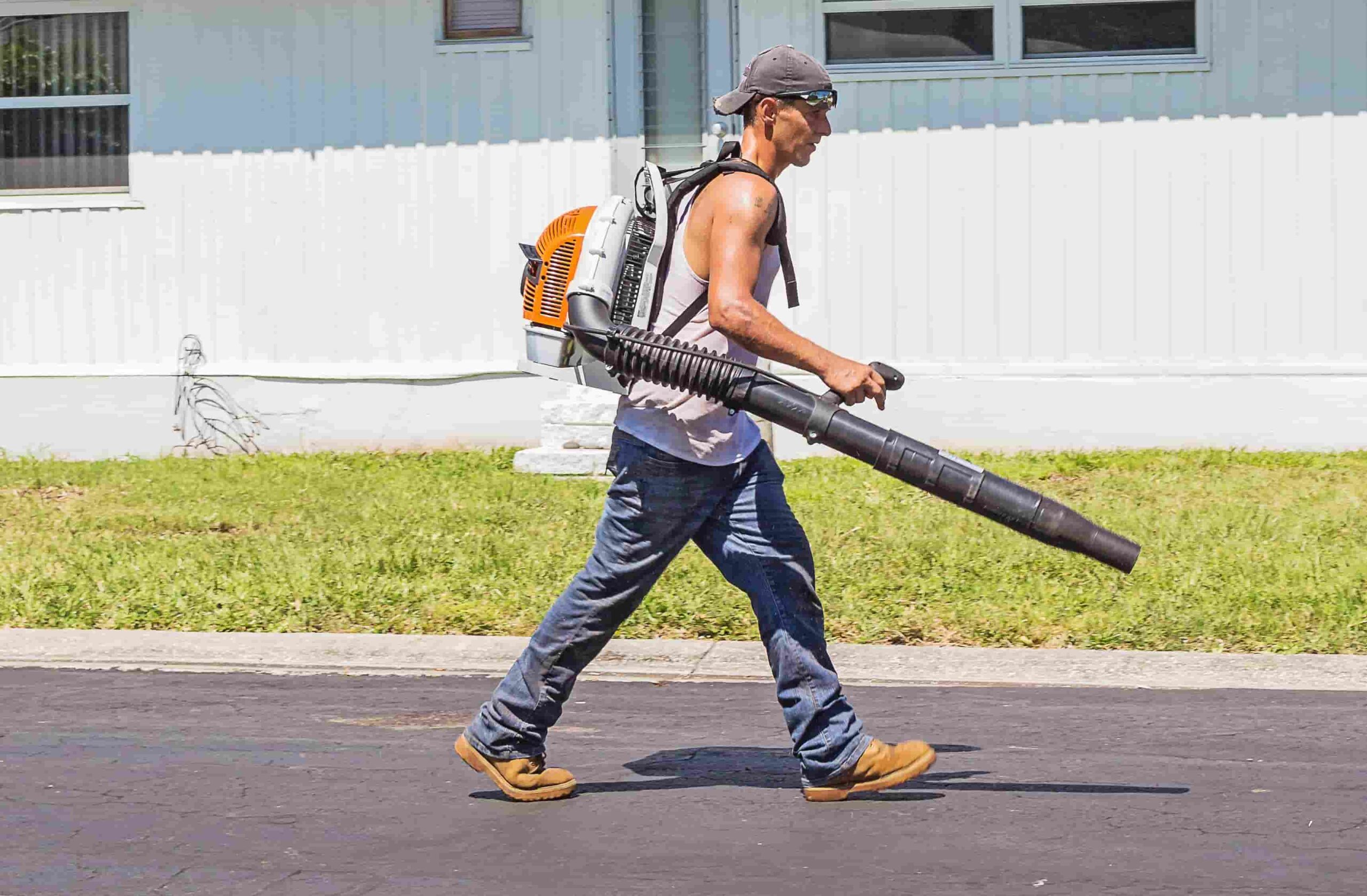
Noise
The gas-powered leaf blower generates more noise than an electric leaf blower. The sound usually comes from the gas engine itself, and from the airflow. The higher the power of the engine and the airflow, the more noise the blower makes.
Manufacturers attempt to reduce noise by including more energy efficient and low noise generating engines. Moreover, they design a semi-sealed body to dampen the sound.
There may also be a restriction on using gas leaf blowers during a particular hour due to noise concerns.
You should get familiar with your local bylaws regarding the noise and hours you can use the gas blower. However, choose a gas blower model that generates low noise.
Weight
The lightweight of the blower is essential when you are using a backpack or handheld type. It makes doing yard work a breeze, and you can work longer without getting tired.
If you have a high-power backpack leaf blower that has larger tank capacity, then don’t overfill the gas tank. This increases the weight due to fuel. Only fill what you need to finish the task in hand. This reduces the weight you have to carry it around.
You should also have some idea about how much weight you can comfortably carry around for at least 15 to 20 minutes. This will give you some rough estimate of the maximum weight you should look for in the blower.
The backpack-type leaf blower usually costs more than the handheld leaf blower, but they typically have a more powerful engine. Backpack design also allows the transfer of weight from your hand to your back and shoulder and usually weigh approximately 20 to 22 pounds.
Choose a wheeled blower if you need more power and have tougher jobs to do. You can quickly push it around on a flat surface but becomes tricky on hills and uneven surfaces. These are also the most expensive.
Nozzle Design
Leaf blowers have nozzles from where the air passes to blow the leaves. The nozzles are designed either flat or round. Some models allow you to choose as per your needs by providing you nozzle attachments.
This gives you more flexibility as the flatter nozzle works best for moving loose leaves while the rounder nozzle tip generates more power to move items stuck in the lawn.
Speed Control
The speed control though a variable throttle on the blower, gives you the flexibility to change speed depending on the task.
For example, you can set the speed high to sweep on hard surfaces and tough jobs but lower the speed level when working around fragile flower beds.
Clear Visible Fuel Tank
A translucent fuel tank allows you to quickly gauge the amount of fuel left and refill it in the downtime. You don’t want to waste time filling the tank when on the job as it’s often inconvenient.
A wider opening on the fuel tank also allows you to fill fuel without spilling on the ground. This reduces fuel wastage and is also environment-friendly.
Air Intake
The blower has air intakes to suck air inside it and then push it through at high speed. If you are using a handheld blower, then the bottom-mounted air intake is more convenient. The blower won’t be sucking your clothes when operating.
Durability and Warranty
A durable and well build blower require less repair and can last longer, providing the most value on your investment. For an added peace of mind, the more extended warranty gives you the assurance that if something goes wrong within the warranty period, then you will get it fixed or replaced.
The warranty on gas blower changes depending on the brand. Some brands provide limited warranty while others offer full warranty coverage.
How To Use A Gas Leaf Blower
Using a gas leaf blower doesn’t need any special preparation than using any other gardening tool. Before you turn on the gas leaf blower, have a quick inspection to make sure there is no fuel leakage or any kind of damage to the body.
A quick visual inspection reduces the chance of injury or damaging the equipment further in case there is any crack or broken part in the blower.
Then you should also do the site preparation by moving any obstructive or large branches out of the way. This will help you to blow leaves under the more massive objects. You should start blowing air and collecting leaves in a semicircle pattern. This brings all the leaves in a single spot and makes it easier to dispose of.
If you have a variable speed control option in the blower, then you should change the speed of the airflow depending on the task. It helps save on gas and generates less noise. Using a small regular burst of airflow keeps the leaves moving and make a pile.
For leaves fallen near the wall or other large objects, don’t blow the air directly to it but move it along the bottom surface. This pushes the leave in a single direction that you can make a pile. You can also use the best lawn sweeper, such as Scott Push Lawn sweeper to remove any leftovers.
How To Properly Maintain Gas Leaf Blower
Regular care of your tools makes it last longer and runs at its optimum efficiency. You should always treat your devices with care. If you drop it when putting down or kick it to move it around, then there is likely some physical damage that may happen. So being gentle and handling with care makes it last longer.
Gas leaf blowers usually require a bit more maintenance than the electric leaf blower. This is due to the gas-powered engine that needs a regular oil change and cleaning air filters from dirt or any type of damage.
Keep the spark plug clean to make the blower run smoothly. The product manual of the blower gives you the instruction on how to do it properly. Don’t store the blowers with fuel in it for a longer duration. This increases the risk of fire, and also the fuel may clog the engine.
Regularly check the fuel line for any obstruction or cracks. When storing for the long term, store it at a dry place away from the reach of pets and children.
Can You Use A Gas Leaf Blower To Clear Snow?
The short answer is Yes. You can use a leaf blower to clear a small amount of snow from your driveways and sidewalks. But it will not be a substitute for a dedicated snowblower. Most gas leaf blowers can only blow snow that is less than an inch thick.
The thicker snow layer starts compaction and increases in the weight that makes it hard for the leaf blower to move it. The second consideration is the type of snow. Wet and melting snow gets heavy and difficult to move. You have a better chance of blowing snow if it’s dry and has not started melting yet.
Just keep in mind that if you do use the leaf blower to clear the snow, don’t let the water get inside the blower, especially in the carburetor and air filters. Always put it at a dry pace to remove any moisture from the leaf blower.
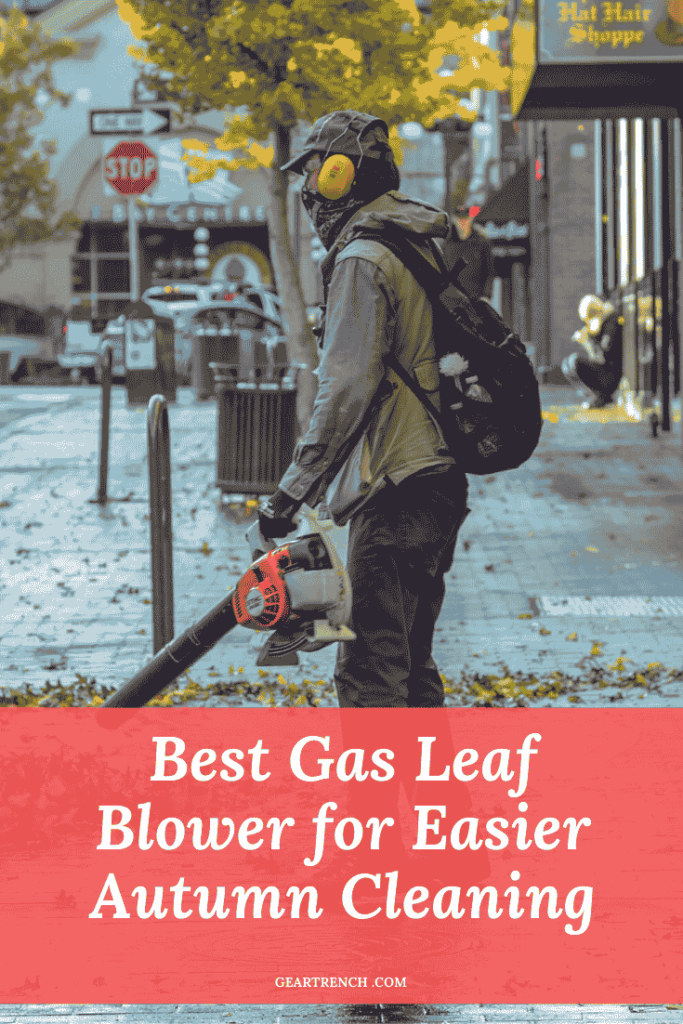
Don’t forget to share this post

